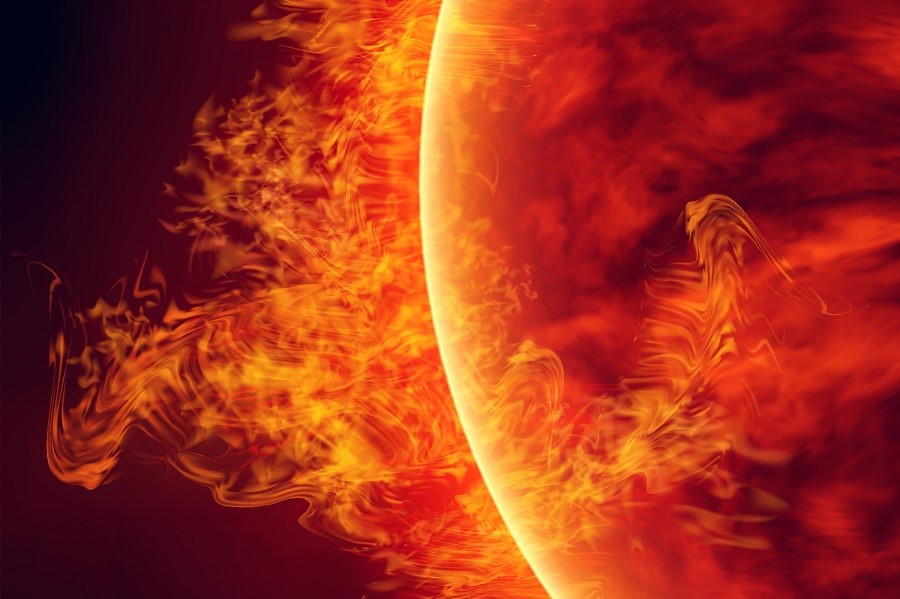
Why sun’s atmosphere is hotter than its surface?
The visible surface of the sun, or the photosphere, is around 6000°C. But a few thousand kilometres above it – a small distance when we consider the size of the sun – the solar atmosphere, is hundreds of times hotter, reaching a million degrees Celsius or higher.
Scientists looked to the sun’s properties to explain this disparity. The sun is composed almost entirely of plasma, which is highly ionised gas that carries an electrical charge. The movement of this plasma in the
convection zone – the upper part of the solar interior – produces huge electrical currents and strong magnetic fields.
These fields are then dragged up from the sun’s interior by convection, and burble onto its visible surface in the form of dark sunspots, which are clusters of magnetic fields that can form a variety of magnetic structures in the solar atmosphere.
This is where Alfvén’s theory comes in. He reasoned that within the sun’s magnetised plasma any bulk motions of electrically charged particles would disturb the magnetic field, creating waves that can carry huge amounts of energy along vast distances – from the sun’s surface to its upper atmosphere. The heat travels along what are called solar magnetic flux tubes before bursting into the corona, producing its high temperature.
These magnetic plasma waves are now called Alfvén waves.
A recent advance in instrumentation has allowed us to make far more detailed observations and measurements of the sun and finally confirm, for the first time, the existence of Alfvén waves in solar magnetic flux tubes.
The discovery of Alfvén waves in the solar photosphere is an important step towards exploiting their high energy potential here on Earth. They could help us research nuclear fusion, for instance, which is the process taking place inside the sun that involves small amounts of matter being converted into huge amounts of energy.
Creating clean energy by replicating the nuclear fusion of the sun on Earth remains a huge challenge, because we’d still need to generate 100 million degrees Celsius quickly for fusion to occur. Alfvén waves could be one way of doing this. Our growing knowledge of the sun shows it’s certainly possible – under the right conditions.
 English
English Arabic
Arabic


